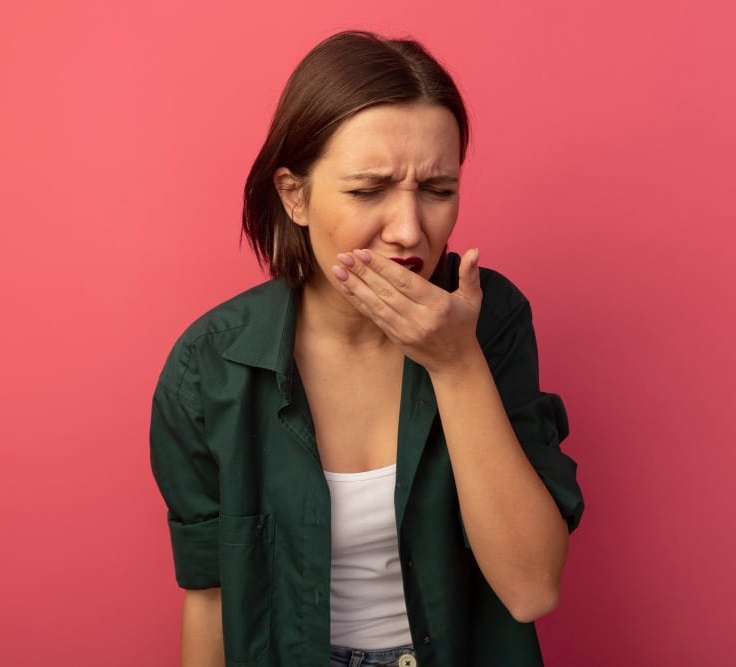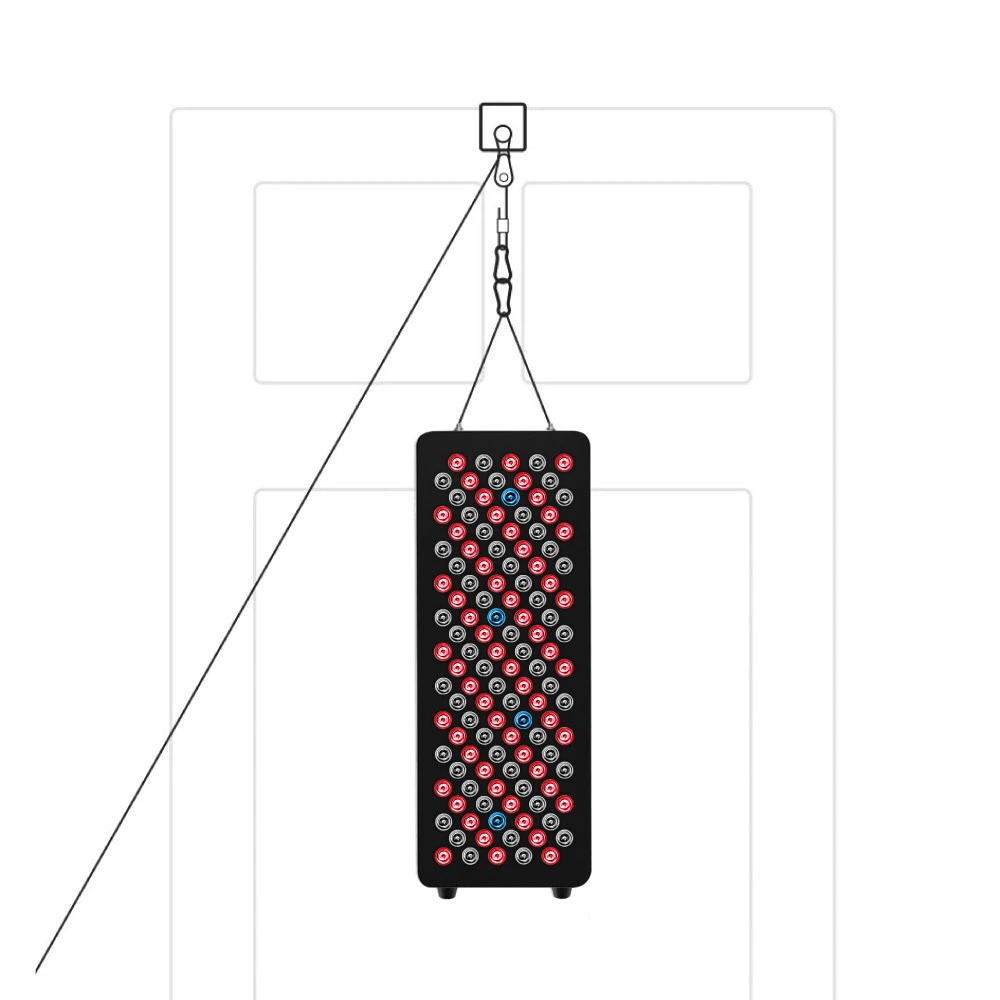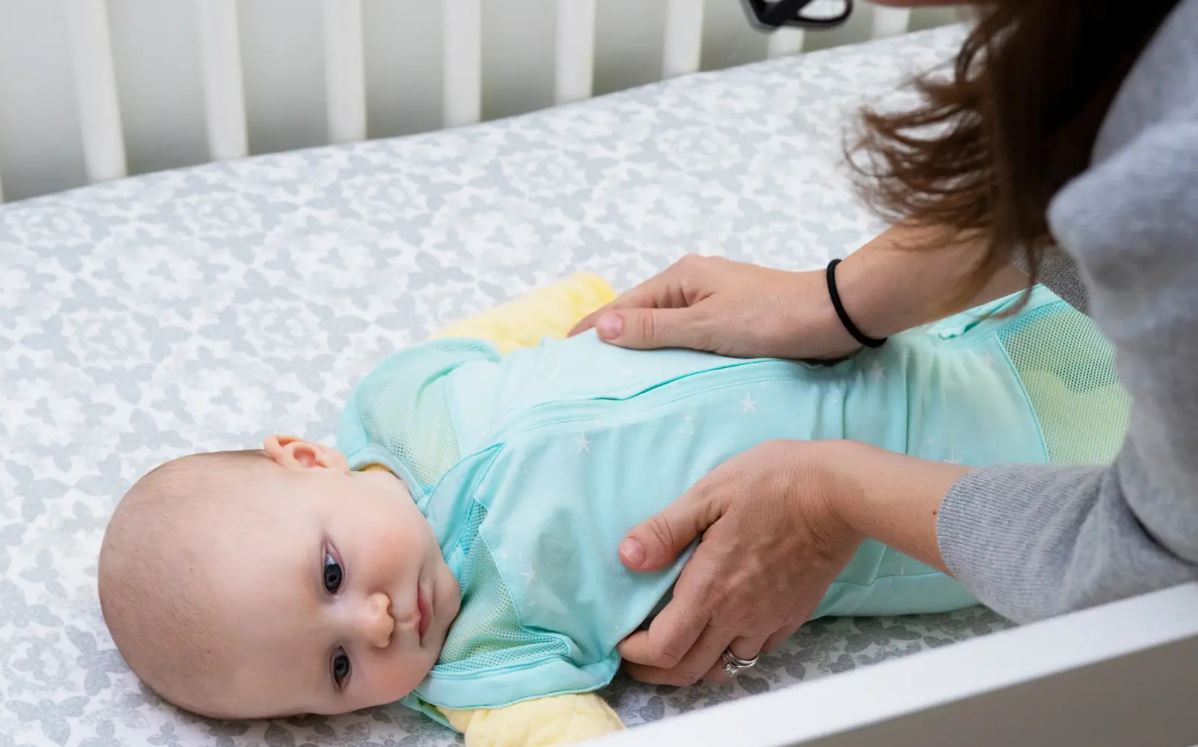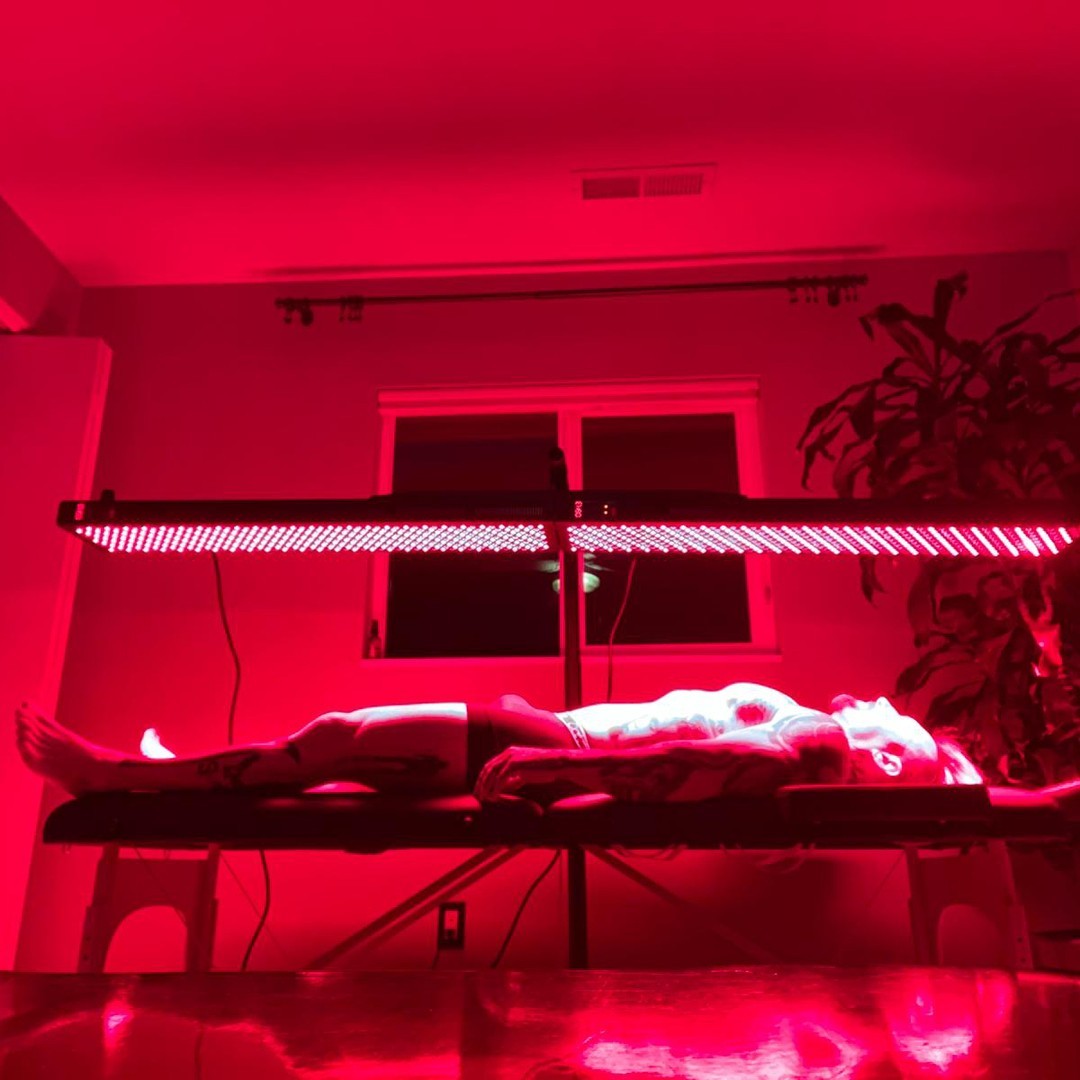![]() Free Shipping
Free Shipping ![]() Buy Now, Pay Later
Buy Now, Pay Later ![]() Eligible
Eligible
Why Does the Roof of My Mouth Hurt? Causes and Soothing Remedies

That sharp, burning, or general sore feeling on the roof of your mouth (your palate) can be incredibly distracting and uncomfortable. Is it a minor irritation or a sign of something more? This comprehensive guide will walk you through the common causes, from the harmless to those requiring a doctor’s visit, and provide actionable tips for relief.
Understanding Your Palate: The Anatomy of the Roof of Your Mouth
First, it helps to know what you’re dealing with. The roof of your mouth is divided into two parts:
- The Hard Palate: The bony front part at the top of your mouth.
- The Soft Palate: The softer, fleshy back part near your throat.
Both areas are covered in a delicate mucous membrane, which is susceptible to a variety of irritants, injuries, and infections.
Top Culprits: Common Causes of Pain on the Roof of Your Mouth
The cause of your pain usually falls into one of a few categories. Let’s break down the most frequent offenders.
Physical Injury and Burns
This is, by far, the most common reason for sudden pain.
- Burning Your Mouth (Pizza Palate): “We’ve all been there—the eager first bite of a hot slice of pizza or a sip of scorching coffee can instantly burn the delicate skin on the roof of the mouth,” says Dr. Emily Roberts, a practicing dentist. “This destroys the top layer of cells, leading to immediate pain, redness, and sometimes even blisters.”
- Scratch or Abrasion: Sharp foods like tortilla chips, hard candies, or even a crunchy bread crust can physically scratch the palate.
- Ill-Fitting Dentures: Dentures that rub against the hard palate can create a persistent sore spot.
Sores and Ulcers
Mouth sores aren’t just for your gums and cheeks.
- Canker Sores (Aphthous Ulcers): These painful, round ulcers can appear anywhere in the mouth, including the palate. Their exact cause is unknown but is linked to stress, minor injury, or acidic foods.
- Cold Sores (Fever Blisters): Caused by the herpes simplex virus, these fluid-filled blisters can erupt on the hard palate, though they are more common on the lips.
Infections
Several infections can target the roof of your mouth.
- Oral Thrush (Candidiasis): A yeast infection that causes creamy white, raised lesions on the tongue and palate. These can be painful or feel like cotton.
- Sinusitis: Your maxillary sinuses are located just above the hard palate. When they become infected and inflamed, the pressure can cause a dull, aching pain across the roof of your mouth.
- Strep Throat: While primarily a throat infection, the streptococcal bacteria can sometimes cause tiny red spots on the palate, contributing to overall mouth pain.
Allergies and Dietary Reactions
- Oral Allergy Syndrome: If you have a pollen allergy, eating raw fruits or vegetables (like apples or celery) can cause an itchy, tingly, or swollen sensation in the mouth and palate.
- Food Sensitivities: Highly acidic foods (citrus, tomatoes) or spicy foods can cause a temporary burning or irritation.
Other Medical Conditions
Less commonly, pain can be a symptom of a broader issue.
- Dehydration and Dry Mouth (Xerostomia): A lack of saliva can make the mouth tissues, including the palate, feel sore, sticky, and more prone to irritation.
- Nutritional Deficiencies: A lack of Vitamin B, iron, or folate can lead to a sore mouth.
- Rare Conditions: In very rare cases, persistent pain or lumps can be a sign of oral cancer, which is why any sore that doesn’t heal within two weeks should be evaluated by a professional.
Symptom Checker: Comparing the Causes
Use this table to help narrow down the potential cause of your pain based on your specific symptoms.
| Symptom | Possible Cause | Additional Clues |
|---|---|---|
| Sudden, sharp burn; redness | Burn from Hot Food/Drink | Pain occurred immediately after eating. |
| Painful, single white sore | Canker Sore | Round with a red border; not contagious. |
| Cluster of small, fluid-filled blisters | Cold Sores | Often tingles before appearing; contagious. |
| Creamy white lesions that scrape off | Oral Thrush | Can leave a red, raw base; common in denture wearers. |
| Dull ache/pressure, worse when bending over | Sinus Infection | Often accompanied by nasal congestion and headache. |
| Generalized soreness and dryness | Dehydration / Dry Mouth | Sticky feeling, bad breath, thick saliva. |
| Itchy or tingly sensation after eating raw produce | Oral Allergy Syndrome | Linked to seasonal allergies. |
Finding Relief: How to Soothe a Sore Palate
The right remedy depends on the cause, but these general tips can help soothe the discomfort.
Immediate At-Home Remedies
- Cool It Down: Suck on ice chips or popsicles to numb the pain and reduce inflammation.
- Salt Water Rinse: Mix 1/2 teaspoon of salt in a glass of warm water. Swish and spit several times a day to clean the area and promote healing.
- Avoid Irritants: Steer clear of spicy, acidic, salty, and crunchy foods until it heals.
- Stay Hydrated: Drink plenty of cool water to combat dry mouth and keep tissues moist.
- Over-the-Counter Gels: Use oral anesthetic gels containing benzocaine for temporary pain relief (use as directed).
How Red Light Therapy Targets Mouth Pain
The primary mechanism behind red light therapy’s effectiveness is its ability to boost cellular energy and reduce inflammation.
- Cellular Energy Boost: When light photons are absorbed by the mitochondria, they stimulate the production of adenosine triphosphate (ATP), the fundamental energy currency of the cell. With more energy, cells can function more efficiently, repair themselves faster, and regenerate new tissue.
- Reduced Inflammation: RLT modulates the body’s inflammatory response, calming cytokine storms and reducing swelling, redness, and pain at the source.
- Improved Blood Circulation: The therapy promotes the formation of new capillaries (angiogenesis), increasing blood flow to the damaged area. This delivers more oxygen and vital nutrients while flushing away waste products, further accelerating the healing process.
“Photobiomodulation has shown remarkable efficacy in managing pain and accelerating tissue repair. Its ability to work at a cellular level makes it a versatile tool for a range of inflammatory and traumatic conditions, including those in the oral cavity.” — Summarizing findings from clinical studies on Photobiomodulation.
Benefits of Using Red Light Therapy for Oral Discomfort
Using red light therapy specifically for roof-of-mouth pain offers several distinct advantages:
- Non-Invasive and Drug-Free: Provides an alternative to painkillers or anti-inflammatory medications.
- Accelerated Healing: By boosting ATP production, it can significantly shorten the recovery time from burns and sores.
- Significant Pain Reduction: Reduces inflammation and stimulates nerve regeneration, leading to tangible pain relief.
- Minimal Side Effects: When used correctly, it is extremely safe with virtually no risk of burns or tissue damage.
Red Light Therapy vs. Traditional Remedies
How does RLT stack up against common at-home treatments? This table provides a clear comparison.
| Treatment Method | How It Works | Pros | Cons |
|---|---|---|---|
| Red Light Therapy | Boosts cellular energy & reduces inflammation | Accelerates healing, drug-free, treats root cause | Requires a device, can be an upfront cost |
| Salt Water Rinse | Creates a harsh environment for bacteria, soothes | Inexpensive, readily available | Temporary relief, does not accelerate cell repair |
| Topical Anesthetics | Numbs the nerve endings in the area | Provides fast, temporary pain relief | Does not heal the underlying issue, can cause irritation |
| Over-the-Counter Pain Relievers | Systemically reduces inflammation and pain | Effective for general pain | Potential for side effects, does not target local healing |
Prevention is the Best Medicine
Preventing roof-of-mouth pain is often straightforward:
- Let Hot Food Cool: Be patient with hot foods and drinks.
- Chew Carefully: Be mindful of sharp-edged foods.
- Stay Hydrated: Drink water throughout the day.
- Manage Allergies: Treat seasonal allergies and be aware of food triggers.
- Maintain Oral Hygiene: Brush and floss regularly to prevent infections.








